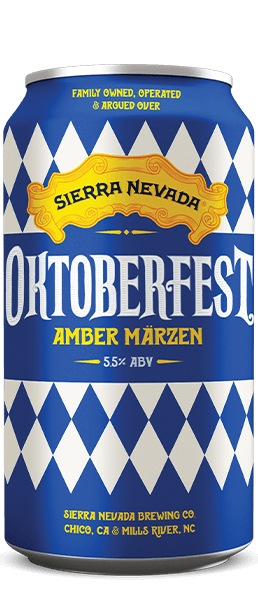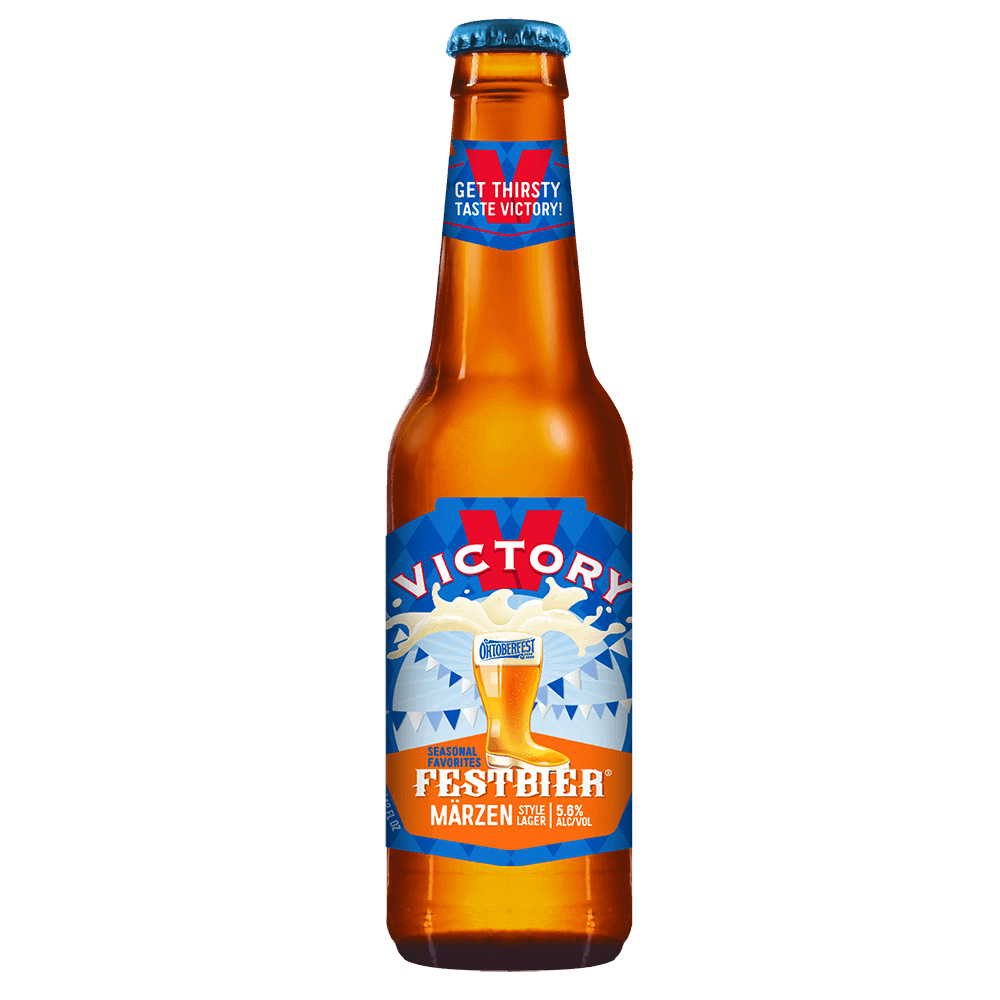What are the Classic Beers of Oktoberfest? Learning to Love Festbier and Marzen
Oktoberfest may be the best time of the year to be a beer drinker. In early August, to the delight of many and the horror of some that summer is at its end, these beers start populating the coolers and shelves of our favorite shops. During Oktoberfest which starts in September every year and ends the first Sunday in October, questions that usually arise are: What’s a festbier? Why is this Oktoberfest golden color and why is this one, also called Oktoberfest, amber? Are they the same thing? Let’s dig in.
What is Oktoberfest?
A brief history lesson, Oktoberfest is a party that has been going on since 1810, when to celebrate the wedding of the crown prince of Bavaria (later known as King Ludwig I) to Princess Therese, the city of Munich put on a 5 day festival that concluded with a horse race. The party was so popular with the city that they decided to throw the festival again the following year as an agricultural fair and soon after it became a yearly tradition. In 1818, food and drink became an integral part of the fest. Beer was served but the beer they drank was a red/brown lager, as in the late 18th/early 19th century, dark beers were all the rage throughout Europe.
Marzen
The main beer drank by the liter stein (also called a masskrug or seidel) at the festival until recently was the marzen. Marzen in German is “March” the month in which this beer was traditionally brewed as it was illegal to brew in the summer in Bavaria due to increased chance of spoilage. It was then matured over the summer in caves/cellars until Oktoberfest began.
Marzen is brewed with Munich malt, a toasty kilned malt known for its bread crumb flavor and aroma. It also creates a beautiful amber colored beer. These beers are also brewed to “fest” strength, meaning they are usually between 5.8-6.3% ABV. Bitterness is low and more recently, the beer is brewed dry, creating a refreshing beer. Spaten Brewery is credited with brewing the first modern style marzen and also the first to call it Oktoberfestbier in the 1870’s.
Festbier
There’s a bit of debate of what exactly a “festbier” is. The Beer Judge Certification Program (BJCP) likens it to a strong “fest” strength golden lager. They say everything is the same as a marzen: the same ABV, the same low bitterness, the same high dryness and drinkability. But instead of Munich malt, it is made with majority pilsner malt (maybe a little Munich/Vienna malt too). This “festbier” became the de facto beer poured at Munich’s Oktoberfest in recent times. There is debate as to when this exactly occurred. The BJCP says this happened around 1990 but many are hesitant to commit to this date as paler beers that were similar to festbiers were poured at the festival before this time period.
Other historians claim that the “marzen” tag should encompass these lighter color festbier versions as well. For Americans sake, American brewers tend to follow the BJCP guidelines but do know differing opinions/thoughts exist. That’s why beer is fun- lots of room for debate.
In American brewing, beers labeled “oktoberfests” are most likely marzens. When German breweries ship beer to America and label it “oktoberfest,” you can almost guarantee it’ll be a festbier. German breweries know the popularity of marzens in America so if you are looking for some old school amber lagers that are brewed in Germany, look for the “marzen” tag.
There’s nothing like crisp, fall temperatures paired with either a festbier or a marzen. Whichever you prefer, enjoy them now as they only last a couple of months until they disappear in late October as Holiday beers take their places on the shelves. Prost!
Some Oktoberfest beers to try
Marzens
Hacker Pschorr Oktoberfest Marzen



